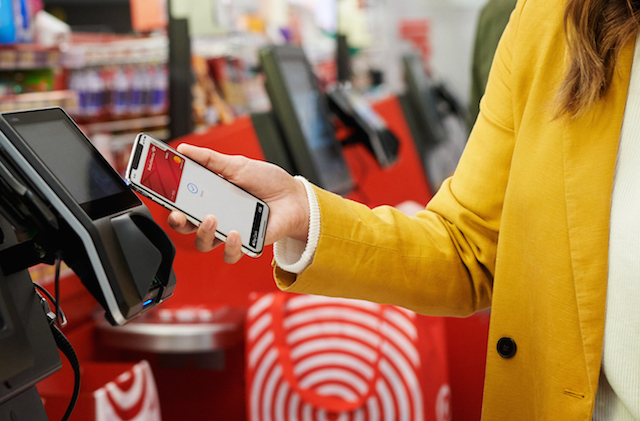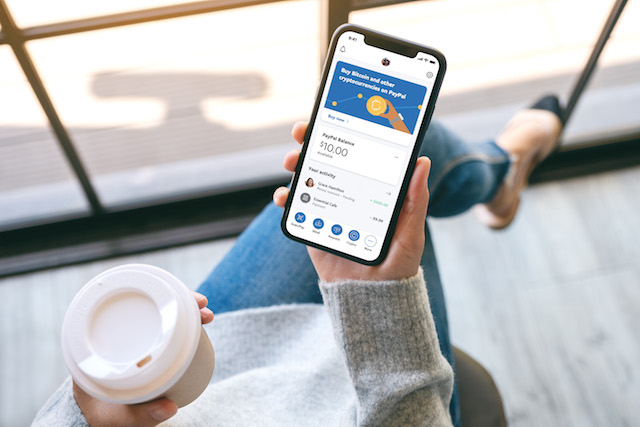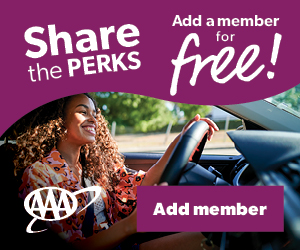Like nearly every other aspect of our lives these days, the act of payment has gone digital. Payment apps have risen in popularity over the years and are now a main source of financial transactions.
The advantage of using payment apps is obvious: they offer a quick, easy and convenient way to send money without having to worry about carrying a credit card, stopping by the ATM or, dare we say, write a check. In addition, many of these apps have evolved to include other financial features including credit lines, debit cards and even stock market investments.
Of course, nothing is perfect, and there are certain pitfalls to be wary of. To get a better sense of the pros and cons, here’s a rundown of the top payment apps’ notable advantages and drawbacks.
PayPal
Founded in 1998, PayPal was one of the original payment services to be widely adopted. As such, the app has expanded to reach 325 million users across 200 markets around the world.
Today, in addition to its user-to-user money feature, PayPal offers a host of other financial services. Most notable is the ability for users to purchase products online through their PayPal accounts. The company also offers individual lines of credit.
It’s not all positive, however. PayPal charges a fee to send money unless you’re using a linked bank account or the funds in your app account. Another downside is that it can take up to three to five days to transfer funds from PayPal to your bank. If you want it moved immediately, it’ll cost you 1% of the amount being transferred.
Venmo
Venmo is an app that allows users to send and receive money through bank accounts, credit cards or Venmo account balances. It is owned by PayPal and very similar to it, but has some notable differences. One such feature is that it offers a free debit card, funded by the user’s Venmo account.
Arguably the best thing about Venmo is its popularity. It has about 40 million users, so odds are that whenever you need to send or request money from someone, it can be done quickly and easier through the shared app.
On the flipside, Venmo’s main drawback is its fee. The payment app charges a 3% fee for all credit card transfers and a 1% fee to get money to your bank account instantly.
Zelle
Zelle is a money transfer service offered by most major banks. All you need to sign up is an email address and/or cell phone number (and a bank account). You can set up your account through the app or your bank.
Because the money is transferred directly into your bank account, and not a third party service, you’ll usually have access to the funds within minutes and not days. This is a significant advantage of using Zelle.
That said, you can only fund payments with this app through your bank account. You cannot connect a credit card, so you’ll need to always have enough money in your bank account.

Apple Pay
Apple Pay is a payment service rolled out by the tech giant a few years ago. It allows users to send and receive money through Apple’s Messages app, almost like you would send a text message. The app is compatible with the latest versions of the iPhone, iPad, Apple Watch and Mac computer.
Not only can you send money virtually, you can use Apple Pay at many retailers. As long as you have your device, you can just hold it near the reader for a cashless – and contactless – transaction. According to Apple, 74 of the top 100 merchants in the United States accept this form of payment, including CVS, Target, Best Buy and 7-Eleven.
The obvious drawback to this app is the need for an Apple device. If you, or the person you’re sending or receiving money from, doesn’t own one of the previously mentioned gadgets, Apple Pay is not an option.
Google Pay
Google Pay is the company’s equivalent to Apple Pay. Unlike its rival’s app, however, Google Pay is compatible with both Android and Apple devices.
Other than that, the two services are very similar. Google Pay allows users to transfer money to each other, and you can also use it for payment at participating retailers.
The app has many of the same drawbacks as its competitors, namely its fees. You’ll be charged a 3% fee to send money via credit card and a 1.5% fee for an instant cash out deposit.
Cash App
Cash App is part money transfer app, part bank account. Not only can users send and receive money, the service allows them to get paychecks and tax returns deposited directly into their accounts.
A unique feature of this payment app is the ability to invest account funds in the stock market. Users can invest as little as $1 in individual stocks, giving them the potential to earn money. Cash App also offers its users a free debit card, which can be used to spend their account balances at different retailers.
8 Thoughts on “The Pros and Cons of Payment Apps”
Leave A Comment
Comments are subject to moderation and may or may not be published at the editor’s discretion. Only comments that are relevant to the article and add value to the Your AAA community will be considered. Comments may be edited for clarity and length.















I Need to comment on Cash App . A relative of mine recently lost almost $2,000. Unauthorized transaction. She never took out more than $100.00. She does not know who or when as she has not passed on her information to any one. Cash App should have noted that $ was taken out was not a usual thing and notified her. THEY DID NOT DO So . And will not offer her any assistance.
I just had my debit card used fraudulently from my PayPal account. I had just actually linked the card a couple months ago and used it once. The company handling the fraud said that ANY card that you have saved on any of your accounts that you pay online is vulnerable because there’s virtually no security provided by these companies. I’m in the process of deleting linked cards to all of my online accounts, including the utility companies – just in case.
And I would like to mention that it’s the 4th time in 15 months one of my debit cards was used fraudulently; I have two different banks. I couldn’t understand why it kept happening to me until the fraud company made that suggestion. TOTALLY makes sense as I pay different accounts online from each bank.
Thanks for this info. However, you make no comments about the security features of each app. Can you address that?
Many apps have issues, which is why iPhone and android devies are constantly being updated.
In many instances if you use zoom and others it is your responsibility to check the next day to make sure the transfer went thru without a hitch, all of these apps indemnify themselves at your expense
cashapp is NOT safe. I was hacked and robbed of $1500.
You left off one of the big drawbacks of most of these apps: if using a credit card would have been an option, using one of these denies you whatever benefits the credit card offers. Those might include travel credits, frequent flyer/guest points, cash back, warranty extensions, and more. If one doesn’t carry a credit card balance, all these are effectively free. Their value has to be compared with the annual fee for the credit card, which there usually is for cards that offer benefits such as these, but if one already has the card that is a sunk cost and one might as well get the benefits of paying it.
I use Google Pay with my android phone. I have the charge go to my credit card account. So it is just like using my credit card without having to take it out of my wallet. I also think it is encrypted, so the payment is safer. I still get my rewards on my credit card, just as if I was using the card itself. I have been doing this for more than a year and especially now, find it much more convenient and less touching.